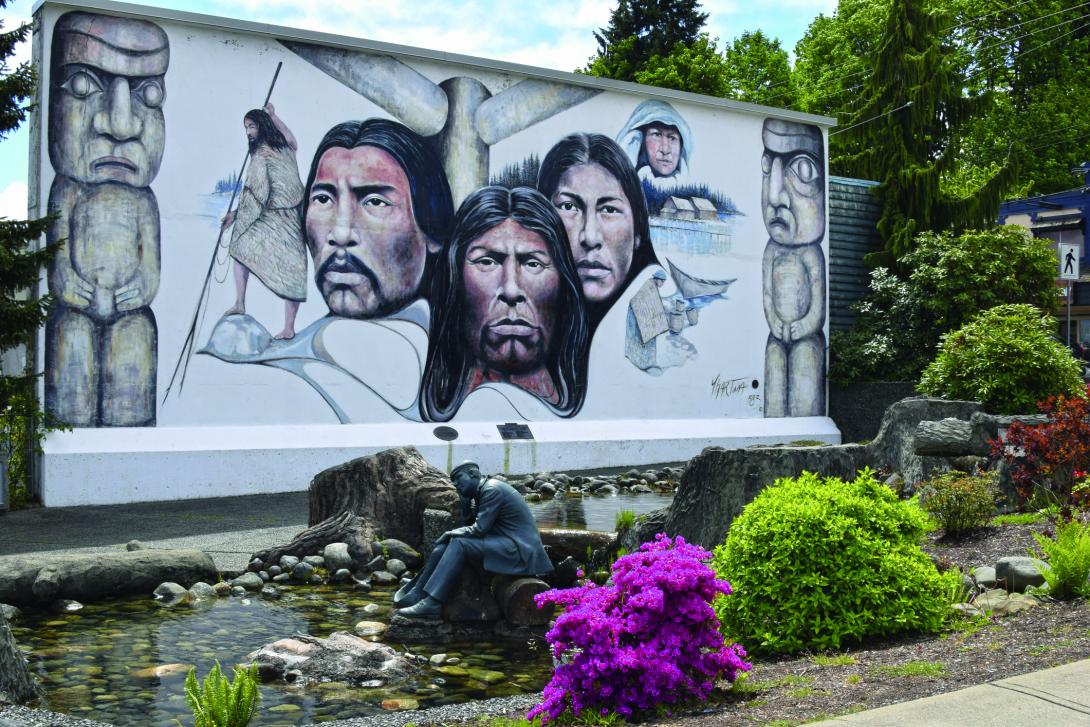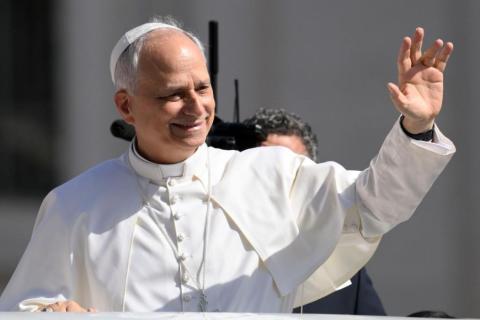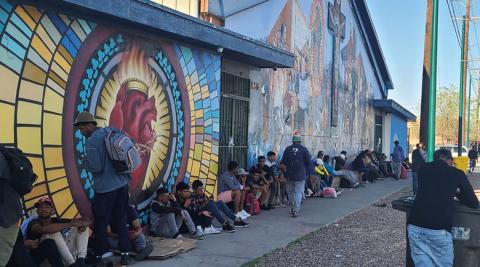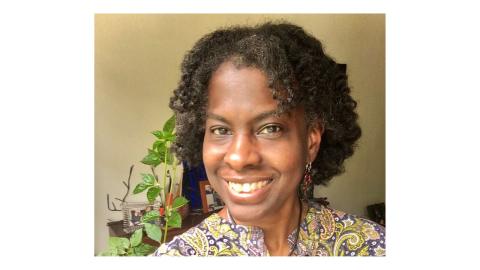
Photo by Reinhardt | Dreamstime.com
When the European invaders came to the Americas, the native culture, traditions and values did not count anymore. People were forced into slavery or deprived of their land, they had to adapt to a foreign way of living often from a faraway land. And until today, African American traditions (in the U.S.) as well as First Nations’ heritage (in Canada) are not given the attention that they deserve. Two new commemoration days aim at changing that.
With the International Day for People of African Descent on August 31, the United Nations aims to “promote greater recognition and respect for the diverse heritage, culture and contribution of people of African descent to the development of
societies, and to promote respect for human rights and fundamental freedoms of people of African descent.”
In the Resolution adopted by the General Assembly on December 16, 2020, the United Nations reiterates its condemnation of the systemic excessive use of force by law enforcement agencies against Africans and people of African descent around the world, as well as structural racism in criminal justice systems worldwide. The organization further acknowledges the Transatlantic Slave Trade as one of the darkest chapters in human history.
While recognizing that some progress has been made at legislative, policy and institutional levels, the Resolution emphasizes that people of African descent continue to suffer various forms of racial discrimination, marginalization, and exclusion. The COVID-19 pandemic and the developed world’s lackluster response to the needs of Sub-Saharan nations, shed light on the urgency to address long standing structural inequalities and systematic racism at the level of international relations as well.
The year 2020 also marked a turning point in the way these issues are being addressed at international and national levels. The murder of George Floyd, viewed by audiences worldwide, spurred people to protest racism and racial discrimination and prompted important global discussions on racial justice.
On September 30, Canada marks the National Day for Truth and Reconciliation. The day honors the lost children and Survivors of residential schools, their families and communities as a vital component of the reconciliation process. Canadians are encouraged to wear orange on that day to raise awareness of the very tragic legacy of residential schools, and to honor the thousands of Survivors.
There were 140 federally run Indian Residential Schools which operated in Canada between 1831 and 1998. Roman Catholic, Anglican, United, Methodist, and Presbyterian churches were the major denominations involved in the administration of the residential school system. The government’s partnership with the churches remained in place until 1969.
The purpose of the government’s residential school policy was clear from the beginning. Canada’s first Prime Minister, Sir John A. Macdonald, told the House of Commons in 1883: “When the school is on the reserve the child lives with his or her parents, who are savages; he is surrounded by savages, and though he may learn to read and write his habits, and training and mode of thought are Indian. He is simply a savage who can read and write. It has been strongly pressed on myself, as the head of the Department, that Indian children should be withdrawn as much as possible from the parental influence, and the only way to do that would be to put them in central training industrial schools where they will acquire the habits and modes of thought of white men.”
In June 2021, U.S. Secretary of the Interior Deb Haaland, the first indigenous cabinet member in U.S. history, announced a Federal Indian Boarding School Initiative. “The Interior Department will address the inter-generational impact of Indian boarding schools to shed light on the unspoken traumas of the past, no matter how hard it will be,” said Secretary Haaland. “I know that this process will be long and difficult. I know that this process will be painful. It won’t undo the heartbreak and loss we feel. But only by acknowledging the past can we work toward a future that we’re all proud to embrace.”
The press release that accompanied the announcement reads: “Beginning with the Indian Civilization Act of 1819, the U.S. enacted laws and implemented policies establishing and supporting Indian boarding schools across the nation. The purpose of Indian boarding schools was to culturally assimilate Indigenous children by forcibly relocating them from their families and communities to distant residential facilities where their American Indian, Alaska Native, and Native Hawaiian identities, languages, and beliefs were to be forcibly suppressed. For over 150 years, hundreds of thousands of Indigenous children were taken from their communities. … The recent discovery of 215 unmarked graves by Canada’s Tk’emlúps te Secwepemc First Nation at the Kamloops Indian Residential School prompted the Department to undertake this new initiative with the goal of shedding light on these past traumas.”













